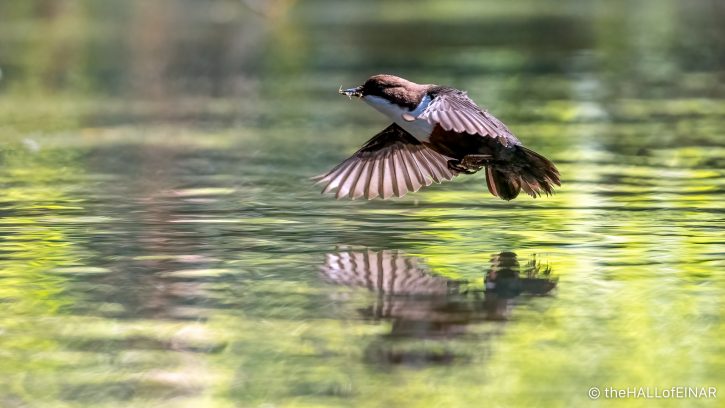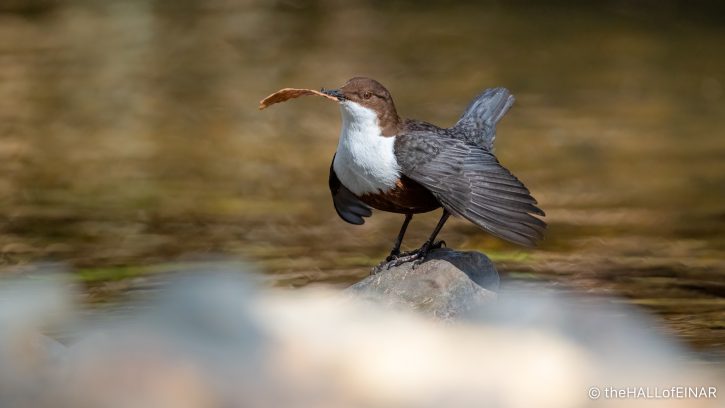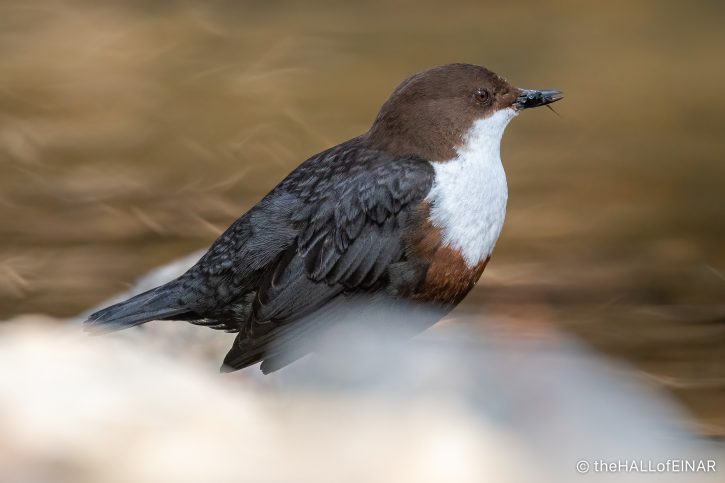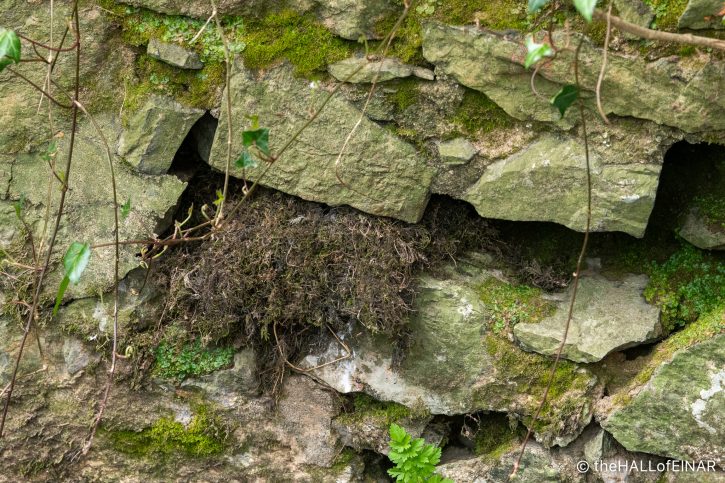A Dipper on the Lemon

The River Lemon is beautiful at the moment, with clear water, leafy banks and the sounds of water bubbling and birds singing. Rising at Haytor, just past the visitor centre, the River Lemon passes Bagtor, sneaks under the A38 Devon Expressway and burbles through Bickington before it passes the Dartmoor Halfway Inn. It skirts Ogwell and sparkles through Bakers Park before it’s rudely culverted underneath Newton Abbot Town centre, disappearing from view at Asda and reappearing at Sherborne House. Further on, it passes Newton Abbot Quay and meets the River Teign before filling the flooded-valley estuary down to Teignmouth.

Along the River, at neatly spaced intervals, are inconspicuous dark brown birds. They are often difficult to see, as they are perfectly camouflaged against the river bed. Plump and squat, the size of a short, fat Blackbird, they plop into the water and swim with a wild side-to-side motion. They often disappear from view, emerging triumphantly with a tiny shrimp or caddis-fly larva and, shaking themselves free of water, they fly with a fast, fluttering flight to the safety of an overhanging bank. They are Dippers, sometimes called Water Ouzels, and are confined to a life on the river banks.

Dippers build large domed nests of moss hidden in the stonework or in the sandy banks of the River Lemon. They’re currently busy trying to avoid people and dodging dogs and natural predators as they feed their growing families. You might have spoted a Dipper on the River Lemon and wondered what it is. They’re distinctive because they’re inconspicuous until they bob up and down, which is the ‘dipping’ which gives them their name. When they fly, their wings are short and stubby making their flight fast and whirring, like a giant over-sized Wren. They career around the River bends as if the River’s a racetrack and skim the water’s surface. Their short wings act as flippers underwater. If you’re ever lucky enough to see one plop under the surface, you can see they appear completely silver, covered in air trapped under their protective feathers. They wear a brilliant white ‘bib’ on their breast, which helps camouflage them while hunting in the water and helps them signal to one another when on the bank.

The breeding population of Dippers in Britain and Ireland is between 7,000 and 20,000 pairs, more than half of which are in Scotland. Their lifestyle is so specialised there are few places they can live. But as long as rain falls on Dartmoor and fresh, clean water comes rolling off it, Dippers will be here, raising their families along the banks of the Lemon.
[Article originally published in Ogwell Parish Newsletter]